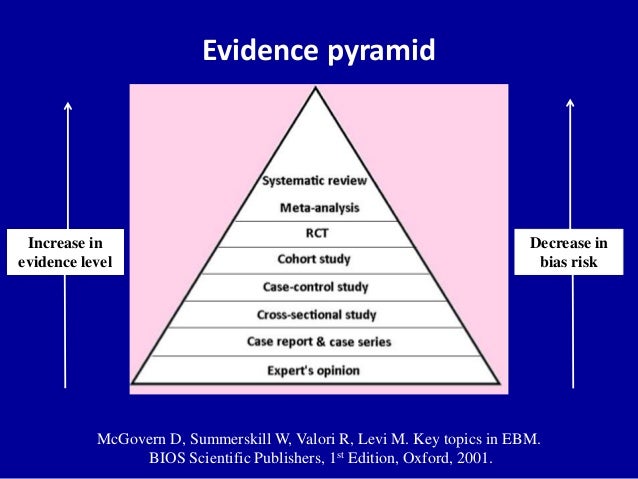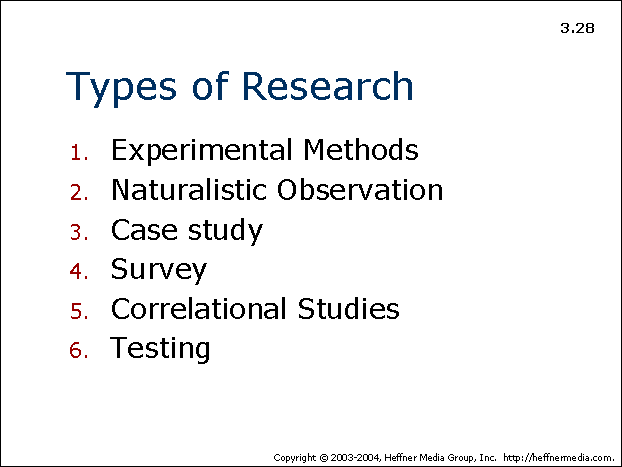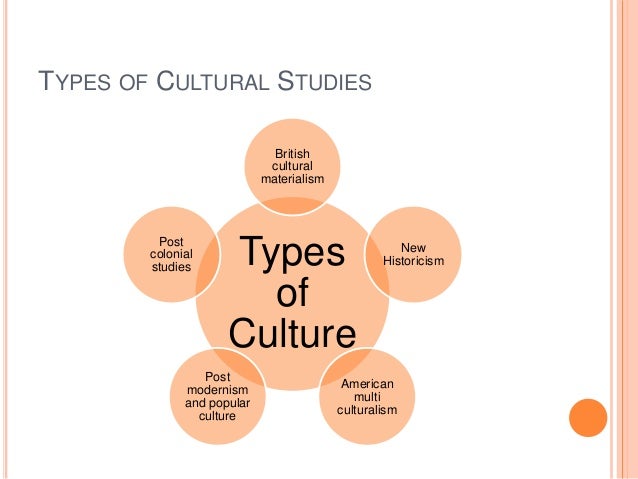
If the incidence of the disease is significantly higher in the exposed cohort, the association is confirmed Both the cohorts are regularly followed up for a definite period and examined for development of the disease at regular intervals It is made sure that none of the members in both the groups have the disease under investigation.

The groups are similar except for the ‘exposure’ to the risk factor. – This is the ‘Control or Non-exposed cohort’. Another group of people similar to the exposure cohort, but DEFINITELY NOT EXPOSED are identified.

One group of people exposed to the suspected RF is identified. Odd’s ratio (OR) is calculated in case – control studies to estimate the risk associated with each risk factor By same argument, factors which are significantly higher in the controls are noted as the possible protective factors. Factors which are significantly more in the cases group as compared to the control are reaffirmed as the risk factors The prevalence of the exposure among the cases is compared with that in the controls. The history of exposure to the suspected risk factor is ascertained in all the members of both the groups Another group of matched ‘controls’ (free from disease) is assembled. A group of ‘cases’ of a disease is assembled.

There are two broad types of epidemiological studies:ġ.


 0 kommentar(er)
0 kommentar(er)
